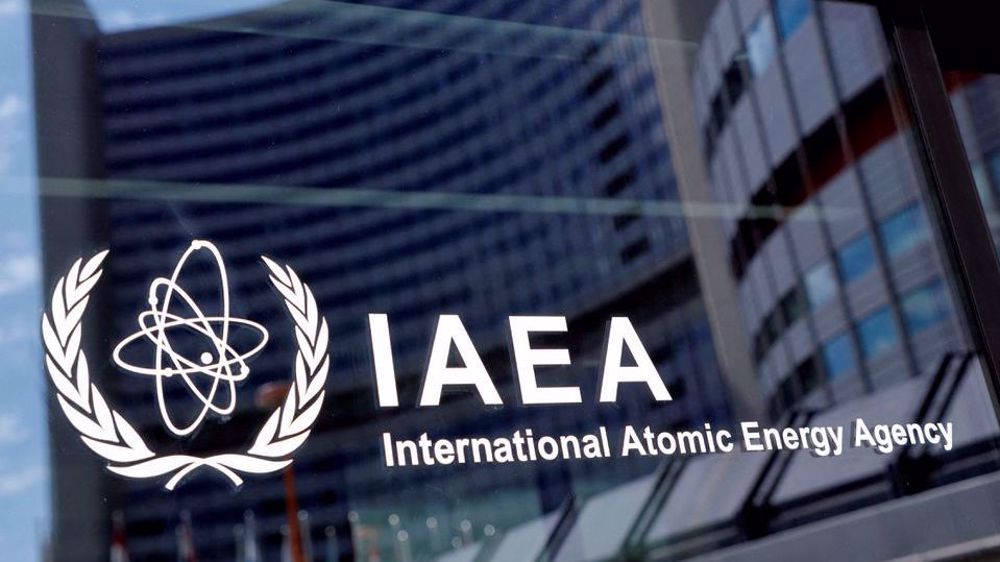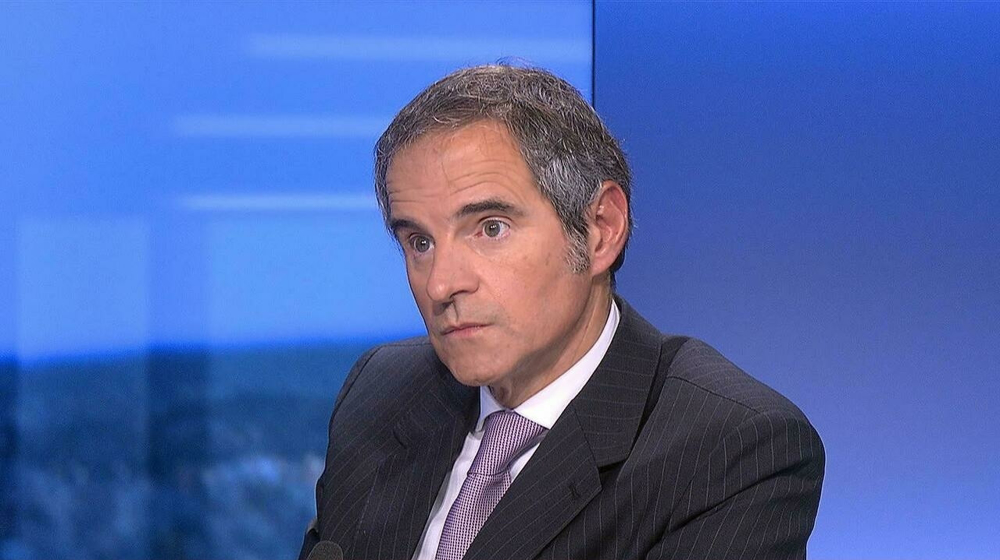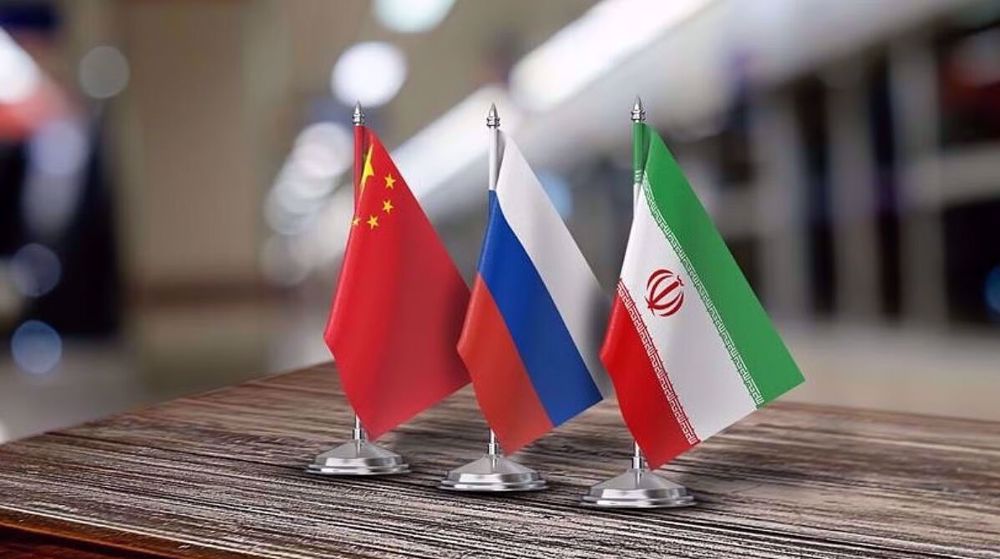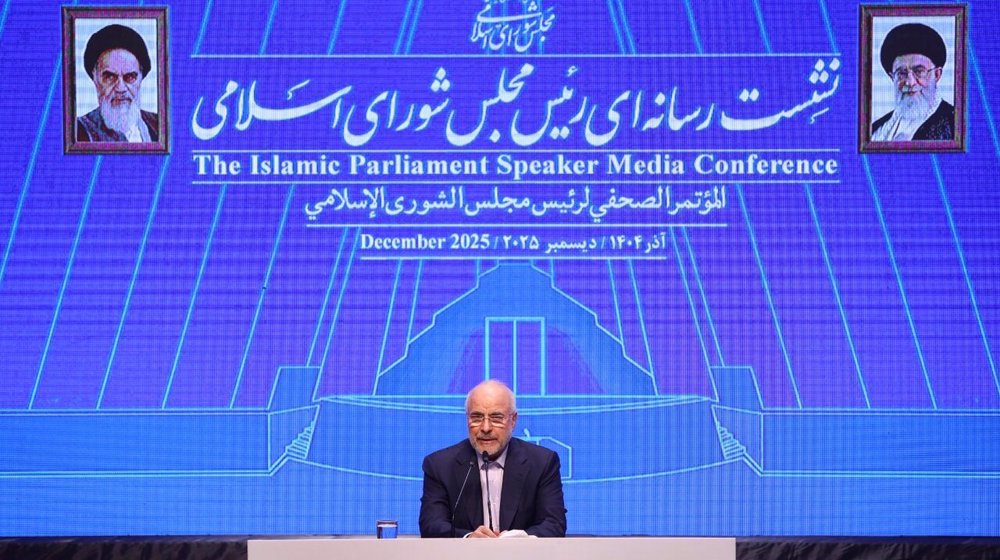Iran plans to move centrifuge parts production from Karaj to Isfahan, IAEA says
The International Atomic Energy Agency (IAEA) says Iran has informed the world body that it will move the production of centrifuge rotor tubes and bellows from TESA Karaj Complex to the central city of Isfahan.
In a statement on Monday, the IAEA confirmed that Iran has informed the agency that it can adjust its surveillance and monitoring measures accordingly.
The IAEA inspectors had installed surveillance cameras in a new workshop in Isfahan on January 24 to ensure the machines intended for the production of centrifuge rotor tubes and bellows were under monitoring but the production of the parts there had not started then.
The UN nuclear agency noted that the production of centrifuge rotor tubes and bellows at TESA Karaj Complex has been ceased.
The IAEA statement to member states, seen by Reuters, gave no reason for Iran's objectives of the plan to launch the centrifuge parts production in Isfahan, but emphasized that the agency understands that the surveillance data from cameras at Isfahan will be made available to it if and when Iran resumes implementation of its commitments under the 2015 nuclear deal, officially known as the Joint Comprehensive Plan of Action (JCPOA), as at other sites.
According to the statement, the IAEA inspectors applied seals on all relevant machines in TESA Karaj Complex and placed them under containment and then removed the surveillance cameras installed there a few days after Iran informed the agency on January 19.
It added that on this date, the production of centrifuge rotor tubes and bellows at the new complex had yet to commence.
Back in December, Spokesman for the Atomic Energy Organization of Iran (AEOI) Behrouz Kamalvandi said that the country had allowed the IAEA to reinstall its surveillance cameras at TESA Karaj Complex only after the UN nuclear watchdog met Tehran’s preconditions.
Kamalvandi explained that Iran’s preconditions included technical and security examination of the new IAEA cameras, judicial and security investigations into the dimensions of the June attack against the facility, which damaged the previous cameras, and also the IAEA’s condemnation of such acts of sabotage.
Under a law passed by the Iranian Parliament in December 2020, the AEOI was tasked with restricting the IAEA’s inspections and accelerating the development of the country’s nuclear program beyond the limits set by the 2015 Iran nuclear agreement.
The law, dubbed the Strategic Action Plan to Counter Sanctions, halted all inspections of Iran nuclear facilities beyond the Safeguards Agreement, in a move – as the name suggests – to push the US to remove its sanctions.
While adhering to the law, the AEOI has continued its constructive cooperation with the IAEA throughout 2021, under both Hassan Rouhani and Ebrahim Raeisi administrations.
Iran began to advance its nuclear program beyond the limits set by the JCPOA in 2019, a year after the US withdrew from the agreement and set in motion what it called the “maximum pressure” policy against Tehran.
Allowing the IAEA to install new cameras at TESA Karaj Complex is seen as another attempt by the Islamic Republic to give diplomacy a chance as the country is involved in negotiations with the remaining JCPOA parties to remove US sanctions and bring Washington back into the deal.
VIDEO | Press TV's news headlines
Zelensky allies flee to Israel as $100-million graft scandal erupts: Probe
VIDEO | Protests across US against war with Venezuela
VIDEO | UK academics discuss rising tide of Islamophobic violence
VIDEO | Expanding ties: Iran's FM message to Tunisia
VIDEO | New Delhi-Moscow ties deepens despite Western pressure
VIDEO | Israel prevents Glaucoma patients from leaving Gaza
‘No to Zionist tourism’: Italian ports see rising backlash against Israeli tourism amid Gaza war












 This makes it easy to access the Press TV website
This makes it easy to access the Press TV website